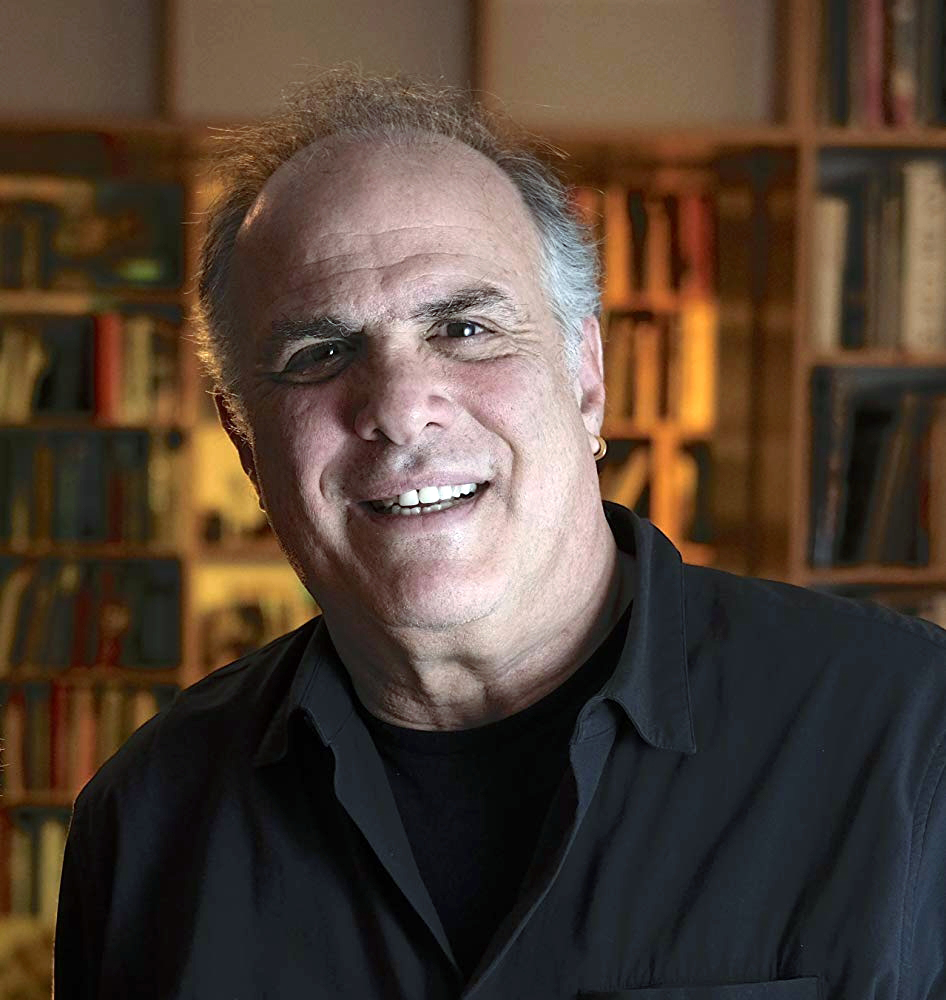Many exhibitions have an accompanying catalog, but the current Smithsonian show will feature the showing of “Chasing Ghosts: Bill Traylor,” a 76-minute documentary about the artist’s world, created by producer/editor/filmmaker Jeffrey Wolf with partner and writer Fred Barron. The visuals assembled by Wolf are yet another lens through which visitors can view Traylor’s artworks. The entire documentary was shown at the show’s opening and will be repeated later in the run, and Wolf also produced a short introductory film that plays at the beginning of the exhibition.
In an interview with Antiques and The Arts Weekly, Wolf traced his interest in the artist back to that revelatory 1982 exhibition at the Corcoran, “Black Folk Art in America, 1930–1980”: “That show was a watershed for the American definition of self-taught art, and it turned out to be Southern black artists who were predominantly represented. So, that’s where Bill Traylor made his first appearance to the people who were interested in this field. I was already a collector and involved in making films.”
In 2008, Wolf completed the documentary James Castle: Portrait of an Artist, which coincided with the exhibition “James Castle: A Retrospective, 1899–1977” at the Philadelphia Museum of Art, October 14, 2008–January 4, 2009. He noted that, after seeing the film, visitors would often return to the beginning of the show to re-view the self-taught artist’s work with a fresh perspective. He said, “Following the release of that, I decided the next film would be about Bill Traylor, so I made my first trip to Montgomery, Ala., in 2010. We started doing Powerpoint presentations at art fairs and places where the community came together. Leslie Umberger was already a friend of mine, so we talked and thought, ‘why don’t we look five years into the future and get up a Traylor show at the Smithsonian?’ I would work on the film, and she would curate the show, and whatever overlapping we can do, we will do. The projects turned out to be extremely complimentary to one another, because we overlapped in a lot of our research.”
Wolf described the painstaking process, “I did a lot of ‘archaeology’ and you’d be surprised at the things that turned up. Names we were looking for, people who were sprinkled through the story came to light. I have archivists who did a lot of research to find the proper images. I uncovered a 1941 film by someone in the Army, who had walked around Montgomery one day and shot footage in the neighborhood that Bill Traylor worked in — no one had ever seen anything close to that. I found glass negatives taken by a Mary Morgan Keipp (1875–1961), a pioneering woman photographer in the 1890s who took photographs of sharecroppers living on the farms near where Traylor was born. I was able to shoot the same fields that were in the photographs.”
He continued, “The first time I went to Montgomery, I was told, ‘why bother going there? Montgomery has been decimated. You’re not going to find anything.’ So, my writing partner and I went there and visited all the locations that had been documented as places where Traylor had worked or lived. And they were all parking garages — the buildings that were there in his time had been knocked down.” Persisting in his research quest, he took his crew to the historic Dexter Avenue King Memorial Baptist Church and was directed to a fountain down the street that was familiar from Traylor’s drawings: “The fountain was earthshattering because we hadn’t seen it before — that started the idea of ‘hidden in plain sight.’
“Traylor did many drawings that clearly used the fountain as a backdrop. And then we found that someone had done their dissertation on cotton presses, so we compared those to the drawings. We looked at the Alabama State Capitol building, and we saw figures in the drawings that reflected the shape of that structure. And it was only a four- or five-block radius that we’re talking about. He would have passed these landmarks every day on the way to where he was going. As we continued to look at the drawings, we realized these were real things, real places — he’s chronicling something that he experienced. We saw that he may have held those memories within — there was a kind of transcendent longing — that he stored this material up and it came out later.”
The genius of the film is how it presents the art against the historical and biographical background. In a more formal statement of his goals, Wolf wrote: “The documentary departs from standard practice by weaving together a wide variety of elements, including original cinematography, archival footage and photography, music and dance performances, dramatic readings of prose and poetry… Perhaps most important, the film prominently features Traylor’s magnificent drawings and paintings, whose genius resides in their ability to tell their own stories.”
Jeffrey Wolf is planning to submit the documentary to Sundance and other film festivals with the hope that there will be further theatrical showings in the future. See pictures of Traylor and learn more about the documentary at www.billtraylorchasingghosts.com.


